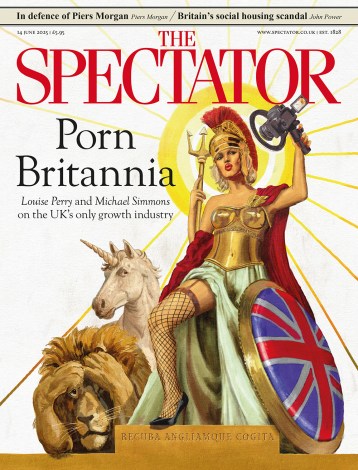Underneath the arches
Andrew Roberts on Feliks Topolski’s dramatic work of art, which is in desperate need of repair Adjacent to the Royal Festival Hall on the South Bank under Hungerford Bridge are some Victorian railway arches which house one of the strangest, largest, most dramatic and most moving works of art in London, a painting that is moreover in immediate danger of disintegration and possible loss. Feliks Topolski’s ‘Memoir of the Twentieth Century’ is 600 feet long and between 12 and 20 feet high. Part autobiography, part historical narrative, part tribute, part satirical reproach, it is as enormous a statement on the last century as it is a vast physical entity itself.
